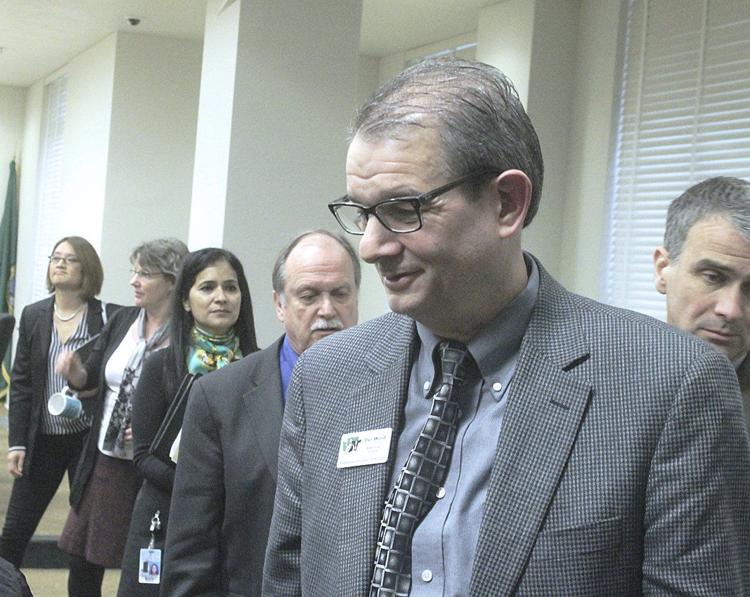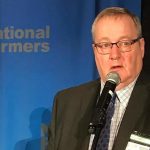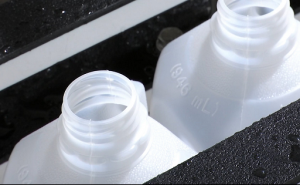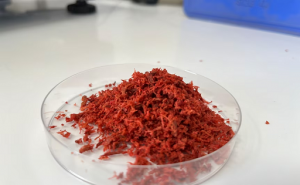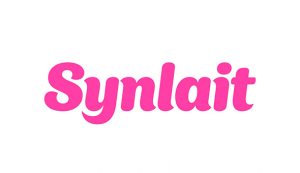
The recommendations include government purchases for food banks, eliminating certain restrictions on nutrition programs, increasing families’ monthly limits in the Supplemental Nutrition Assistance Programs, loan support for processors and direct payment to dairy farmers.
Most in the dairy industry support those proposals, but there’s a bit of a glitch when it comes to tying direct payments to farmers to reduced milk production.
NMPF and IDFA have recommended the government pay producers $3 per hundredweight of milk on 90% of their production if they cut production by 10% from their March 2020 baseline. The groups are proposing the program run from April through September, with payments suspended for any month where the average of Class III and Class IV milk prices exceeds $16 per hundredweight.
The Minnesota Milk Producers Association is on board with most of the proposals but would like to see a change to direct payments to producers in its own Dairy Coronavirus Recovery (CORE) plan.
“Their plans are really, really solid and what the industry needs now,” Lucas Sjostrom, Minnesota Milk’s executive director, said of NMPF and IDFA’s proposals.
But the 10% reduction in milk needed tweaking so it could work better with less disparity, he said.
Minnesota Milk’s plan is for USDA to pay dairy farmers $3 per hundredweight for 100% of their March 2020 baseline production for April, May and June with a single lump-sum payment in April.
“There are a couple of things we’re concerned about,” he said.
One is the seasonality and regional differences in milk production. In the next six months, milk production will be decreasing in some areas and increasing in others, he said.
Another is that the milk supply issue has to be dealt with efficiently now or the industry will have to deal with it in six months after NMPF’s and IDFA’s proposed program stops. And it could keep producers profitable enough to keep production up, he said.
Some processors and dairy cooperatives are already telling producers to reduce production, some by 20%. And in rare cases, the proposed across-the-board reduction could short plants, he said.
“If we reduce supply by 10%, we may be creating another set of problems in some areas. Everyone’s in a different spot,” he said.
It could also disrupt marketing for dairy farmers who have forward contracts. And those who locked into dairy revenue or margin protection programs would lose out, he said.
In addition, it would take time to verify producers had reduced production by 10% and get checks out, he said.
“If we get cash into farmers’ pockets now, it would allow everyone to take a deep breath and do what they have to,” he said.
NMPF and IDFA also proposed reopening the 2020 Dairy Margin Protection program and compensating producers and handlers for dumped milk.
The lump-sum payment in Minnesota Milk’s plan would eliminate the need for either of those things, he said.
The Wisconsin Dairy Alliance supports Minnesota Milk’s plan.
Directors of Washington State Dairy Federation haven’t taken a position yet on the proposals by NMPF and IDFA and haven’t yet looked at Minnesota Milk’s plan, Dan Wood, WSDF said.
But there is a clear oversupply scenario, and milk production will come down either by policy or markets. If it comes down to cutting milk production to get assistance, Washington dairy farmers will have to choose, he said.
“My guess is they would take that tradeoff,” he said.
Dairy farmer organizations in Idaho and Oregon did not immediately respond to Capital Press on Friday.
